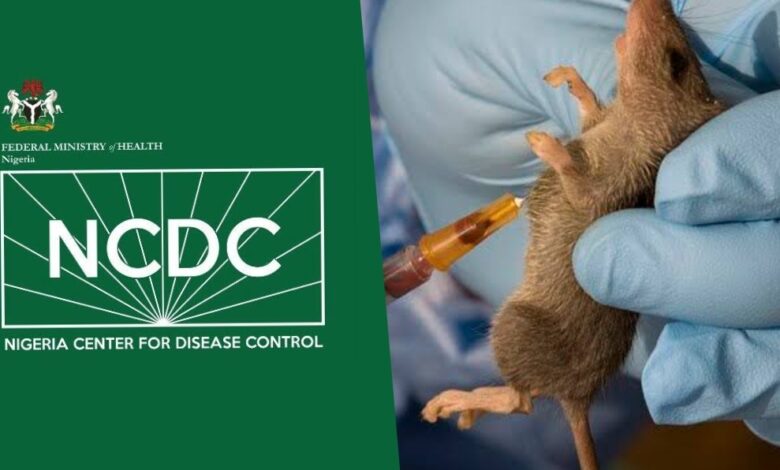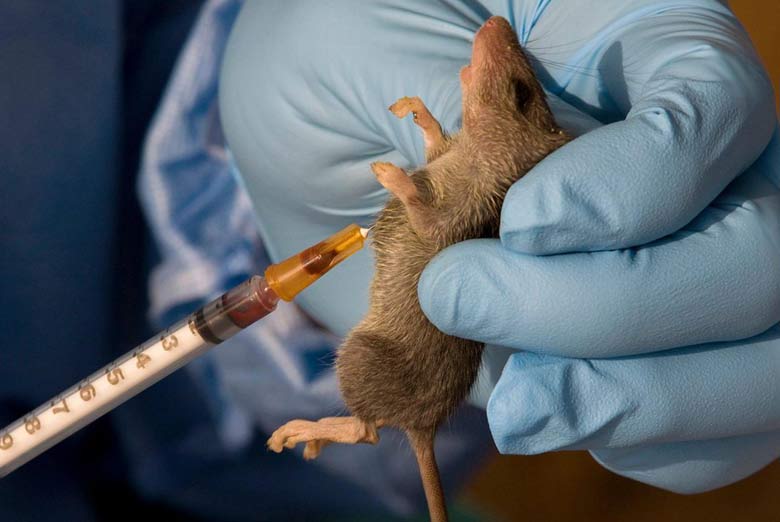Lassa fever death toll: NCDC advises states to “be proactive”

To stop the spread of Lassa fever, state governments have been encouraged by the Nigeria Centre for Disease Control and Prevention, or NCDC, to improve year-round community participation.
The agency confirmed nine new cases in Ondo, Edo, and Taraba in its most recent situation report for epidemiological week 31, up from three the week before.
The NCDC reported that this raises the number of confirmed cases to 836 in 21 states and 105 local government units, with a case fatality rate of 18.7%, which is higher than the 17.3% recorded during the same time period in 2024.
Lassa fever death toll: NCDC advises states to “be proactive”
According to the government, 156 deaths nationwide were attributed to the illness in 2025.
The research claims that five states accounted for 90% of confirmed cases: Ondo (33%), Bauchi (23%), Edo (17%), Taraba (14%), and Ebonyi (3%).
It stated that men were more likely than women to be infected, and that the age group most affected was 21–30 years old.
The NCDC observed that no new healthcare worker infections occurred in the reporting week.
However, it identified challenges including late presentation of cases, poor health-seeking behaviour due to high treatment costs, and poor environmental sanitation in high-burden communities.
The organization stated that it has started training and fellowship programs in addition to deploying its fast reaction teams to combat the outbreak.
In addition to distributing vital supplies like ribavirin, PPE, and thermometers to impacted states, the public health organization claimed to have incorporated Lassa fever messaging into larger risk communication campaigns.
In addition to recommending that the public improve hygiene and avoid rodent interaction, the main source of infection, it asked healthcare professionals to retain a high suspicion for Lassa fever and make sure that referrals are made promptly.
Lassa fever is a viral hemorrhagic disease that is mainly spread by coming into contact with the urine or feces of sick rats, according to LAD REPORTING.
Additionally, human fluids, contaminated objects, or contaminated medical equipment can all spread it from one person to another.
Fever, sore throat, headache, nausea, muscle aches, and, in extreme situations, bleeding from bodily openings are among the symptoms, according to doctors.
READ MORE: LAD REPORTING




